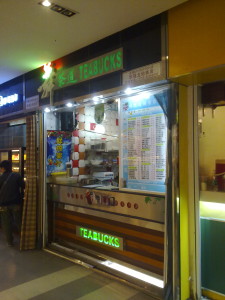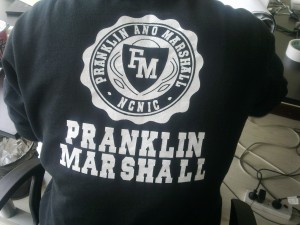You’ve found someone infringing your trademark in China, but what’s the next step? The China IPR SME Helpdesk follows up on their article on how to register your trademark, which appeared in the last issue of EURObiz, and provide details on three different approaches that can be taken — administrative, civil and criminal.
Administrative procedure
Administrative enforcement through the Administration for Industry and Commerce (AIC) and the Administration of Quality Supervision, Inspection and Quarantine (AQSIQ) are practical routes to consider when seeking seizure of infringing goods and imposition of a fine on the infringer, although neither administration is able to grant compensation.
Lodging a complaint
A complaint can be lodged with the local trademark bureau of the AIC, above county level, where the infringement is committed (manufacture, sale, storage, etc.), specifying the trademark rights of the owner (a copy of the trademark registration certificate) and providing any evidence of the infringement (sample of the infringing product).
AQSIQ is in charge of managing the quality of products: setting out national standards, certifying the quality of products and taking anti-fake and poor quality goods actions. Since the main issue is a quality issue, and not the protection of an intellectual property right, any person may go to AQSIQ and complain without having to justify a personal interest.
It is necessary to base the claim on one of the two following grounds:
- Sub-standard quality of the goods;
- That the goods are sold in a package bearing the name and address of another person.
The fine for fake and poor quality goods is, in most cases, between two and five times the value of the goods.
Civil procedure
Protection of trademark
The civil procedure is operated according to the following steps:
- A complaint needs to be filed with the civil division of the People’s Courts;
- The court decides on a date for a pre-trial hearing, during which evidence is examined and discussed by the parties before the court;
- In theory, the court may act as fact finder and order inspection, however evidence is usually produced by the parties themselves;
- At the end of the hearing the court asks the parties if they wish to settle the dispute;
- The judgment is delivered within a few months, depending on the complexity of the case.
Remedies as a result of civil procedure
The court may apply the following measures:
- Order to cease the infringements (injunction);
- Confiscate infringing goods, materials as well as the tools and equipment used in the production of the infringing goods;
- Order the payment of damages. Damage for infringing a trademark right is calculated according to:
- The losses suffered by the IP owner;
- The profits gained by the infringer out of the infringement;
- An amount of damages, not exceeding RMB 500 thousand, where difficulties arise to determine the illicit profit that the infringer has earned or the loss suffered by the injured party.
Criminal procedure
What acts constitute a trademark crime?
The activities concerned are:
- Manufacturing or knowingly selling counterfeits;
- Forging or selling unauthorised representations of a trademark.
Public prosecution
Generally, criminal cases are brought before the court by a bill of indictment of the People’s Procuratorate. This action is mainly of a ‘practical’ nature and is aimed at investigating and seizing. At the end of a raid, if the AIC is satisfied that an infringement has been committed, it will order the infringer to stop the infringing acts immediately. In principle, the AIC should systematically confiscate and destroy the infringing goods and the tools specially used for manufacturing the infringing goods or labels.
The AIC may also impose fines. The amount of the fine depends on the size of the illegal business, and cannot exceed three times this amount. However, the calculation of the ‘illegal business’ is not an easy matter since in most cases the infringer does not produce any accounting material, and reference to the price of authentic goods is still not, as a rule, accepted by the Chinese authorities. If the fine cannot be easily calculated, a fixed amount may be decided by the AIC, up to a maximum of RMB 100 thousand. The AIC cannot grant compensation, it can only act as a mediator. Assessing and granting compensation is therefore within the exclusive jurisdiction of the People’s Courts.
Take-away message
- Protecting and enforcing your trademarks (and the products bearing them) in China is extremely difficult, if not impossible, without registration. Make sure you register your trademarks early;
- Use your trademark correctly; both your Roman and Chinese language versions need to be used on your products to enjoy protection;
- Monitor the market to make sure your rights are not being infringed and enforce them when necessary.
The China IPR SME Helpdesk is a European Commission funded project that provides free, practical, business advice relating to China IPR to European SMEs. To learn about any aspect of intellectual property rights in China, visit our online portal at www.china-iprhelpdesk.eu. For free expert advice on China IPR for your business, e-mail your questions to: question@china-iprhelpdesk.eu. You will receive a reply from one of the Helpdesk experts within seven working days. The China IPR SME Helpdesk is jointly implemented by DEVELOPMENT Solutions and the European Union Chamber of Commerce in China.




Recent Comments